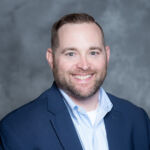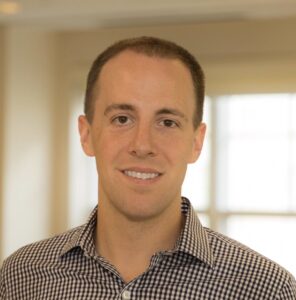
Executive Interview - 2 of 3
This article is part of a three-part series of interviews with InsurTech executives who are focused on insurance coverage issues for wildfire-prone regions.
View All InterviewsCould parametric insurance become a bigger piece of the wildfire insurance market?
Kettle is an insurance and reinsurance MGA built around a proprietary wildfire model that was developed using AI and machine learning technologies. Company leadership believes these technologies are better suited to predicting catastrophic climate risk.
The wildfire specialty company launched in 2020 and underwrites on behalf of insurers and reinsurers, mostly in Bermuda and London. Much of what Kettle does currently is on a parametric basis. Everything that the MGA writes is in a wildfire-prone area.
California is “far and away our largest state,” explained Brain Espie, Kettle’s chief underwriting officer. Kettle writes across the continental U.S. and has thousands of insureds between its insurance and reinsurance products. Interviewed as the Palisades and Eaton fires in Southern California were still burning, Espie said that Kettle does have exposure in the area affected by the current fires.

“Because we do play a big part in the parametric side,… I think we’re going to be well-positioned to be one of the fastest to not only know what our losses are in total but also to have them fully paid out.”
Isaac Espinoza, Kettle
“Because we do play a big part in the parametric side, and the way that product is structured, I think we’re going to be well-positioned to be one of the fastest to not only know what our losses are in total but also to have them fully paid out,” said Isaac Espinoza, Kettle’s CEO.
“One of the advantages of parametric products is [they’re] pretty straightforward. There’s less dispute about if it is indeed a claim, and it’s already pre-determined what that amount is upon payout.”
Kettle’s parametric coverage triggers if a wildfire crosses the boundary of a covered property. When asked how Kettle can successfully underwrite risk in wildfire-prone areas, Espie pointed to “the amount of data that our model is able to ingest and output.”
That model uses about 130 terabytes of data across 40 or so geospatial, spatial and satellite real estate data sets. It is trained by running millions of simulations in the cloud, allowing Kettle to determine with precision what properties truly have higher exposure.
Related article: Grid-by-Grid: How One Tech Firm Dissects California Wildfire Risk to Sell Insurance and Reinsurance (Earlier Kettle profile from 2023)
As time goes on, more data will be fed into that model. Espie expects it to continue to improve year by year.
“I think with a peril like wildfire, you really do require a lot of data and a lot of granularity to be able to have that risk precision and manage a balanced portfolio,” Espie said.
As tragic as the fires have been for those living in the affected areas, Espie said the events provide an opportunity for Kettle to show that the technology it uses in its model can provide advantages in predicting wildfire risk.
Both he and Espinoza believe there is also an opportunity to show that parametric coverage for wildfire can provide advantages to insureds who need quick payments following disasters.

“You can provide coverage to a lot of people that otherwise get painted with a broad brush.”
Brian Espie, Kettle
Kettle is careful not to bill itself as the only solution for insurance needs. It instead views itself as a complimentary part of an overall risk management plan for insureds, particularly on a commercial basis. For example, some of the MGA’s policyholders may buy a nonparametric policy for coverage needs other than wildfire and buy a Kettle policy specific to that peril.
Only a small percentage of the 7,000 to 10,000 wildfires that burn across California each year cause any damage, Espie said, and catastrophic damage to the extent we’re seeing now is “even a smaller minority.”
“I think that there’s an instinctual reaction to run away from the fire and just say there’s no way to insure this peril, or the state of California is uninsurable as a whole,” he said. “But I think our view is that, actually, with enough data and enough technology and enough focus on wildfire that you can discern the areas of the state that are more exposed and more vulnerable.”
“And you can provide coverage to a lot of people that otherwise get painted with a broad brush.”
***
Years before the January 2025 Palisades and Eaton fires sparked in high-wind conditions in Southern California, InsurTechs focused on insurance coverage issues for wildfire-prone regions.
In a three-part series of articles, executives of three—Delos Insurance Solutions, Kettle and Faura—shared their perspectives on the peril overall and discussed how the latest fires could affect insurance moving forward. Here, executives of Kettle describe the benefits of parametric insurance and reinsurance products to cover wildfire.
Read about Delos in Part 1, “Delos Insurance Solutions Tackles a Nonstandard Peril: Wildfire” and about Faura in Part 3, “Structure Data Boosts Understanding of Wildfire Risk: Faura CEO”
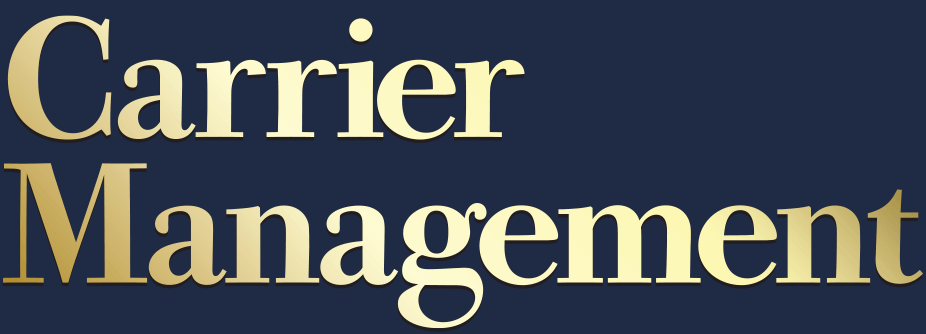












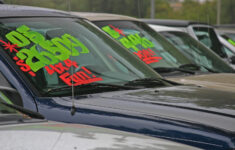






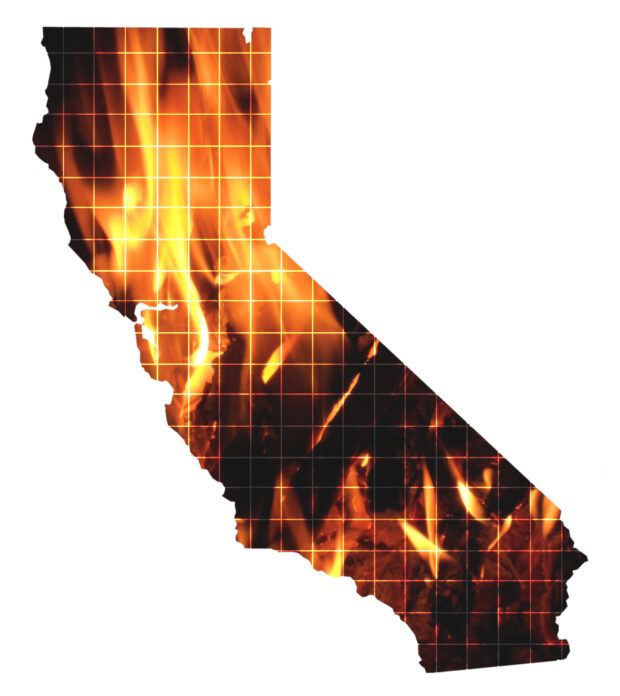
 The Latest Launches from Allstate, WTW, Whisker Labs
The Latest Launches from Allstate, WTW, Whisker Labs  A Practical Blueprint: The Five Plays of an Innovation Culture
A Practical Blueprint: The Five Plays of an Innovation Culture 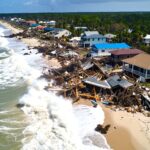 How One MGU Grew Fivefold When Capacity Fled Cat-Prone Property Markets
How One MGU Grew Fivefold When Capacity Fled Cat-Prone Property Markets  Aon Adds to List of Brokers Suing Howden US for Alleged Poaching, Theft
Aon Adds to List of Brokers Suing Howden US for Alleged Poaching, Theft 




